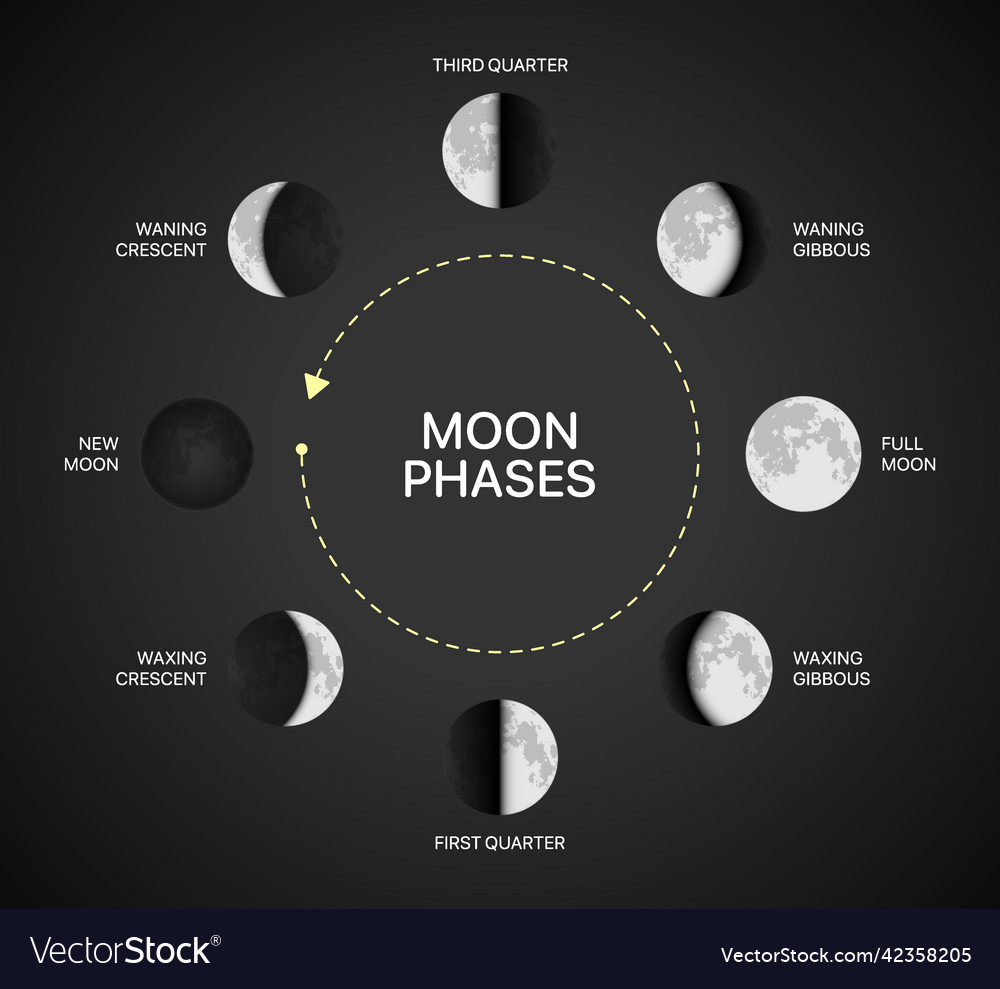A solar year — the time it takes Earth to orbit the sun — lasts around 365 days, while a lunar year, or 12 full cycles of the Moon, is roughly 354 days.
In general, the lunar calendars are much less accurate than solar calendars. Based on 12 months, the lunar calendar is about 11 days shorter than the solar year.
One lunar calendar year of twelve months becomes 354 days, or 11 days less than the actual solar calendar year based on the revolution of the earth. The lunar calendar was unsuitable for farming, because days based on the moon and seasons based on a 365-day year varied from year to year.
Leap Years and Leap Months
Because there is an 11-day difference between a solar year and a lunar year, people using a lunar calendar insert an extra (13th) month into it every three years. In the solar calendar, people add a leap day to the month of February every four years.
Solar Calendars and the Sun
Solar calendars, such as the Gregorian calendar, track time using tropical years. A tropical year, also called a solar year, measures the length of time between two vernal equinoxes. That time period is 365 days, five hours, 48 minutes and 46 seconds. Many people refer to a vernal equinox as the first day of spring. While most people use the Gregorian calendar, no U.S. law forces people to observe Gregorian solar calendar dates. The use of that calendar dates back to 1751 when the United Kingdom told its colonies to use the Gregorian calendar.
Lunar Phases and New Moons
A new moon is the opposite of a full moon. As the moon orbits the Earth, its position relative to the Earth and sun changes, and the moon appears to go through phases. When the Earth sits between the moon and sun, people on Earth see a full moon at night. A new moon occurs when the moon sits between the sun and the Earth. New moons occur during the day, so you can’t see them because of the sun’s brightness. A quarter moon, on the other hand, occurs when the moon completes 25 percent of its orbit around this planet.
Because the moon circles the Earth in the same time it takes to rotate once, the moon always shows the same face to the Earth. That’s why you never see its far side. A new moon occurs every 29.5 days. Astronomers call the time between new moons a synodic month.

Sources:
https://sciencing.com/difference-between-lunar-calendar-solar-calendar-22648.html